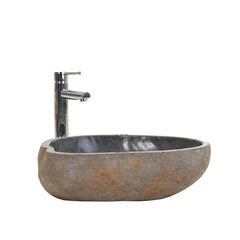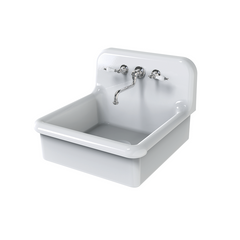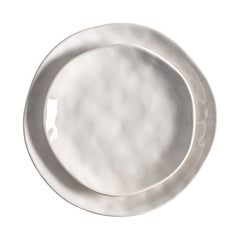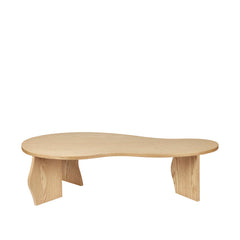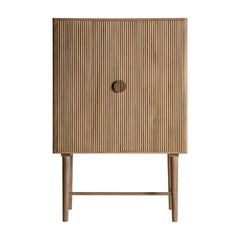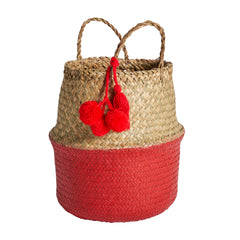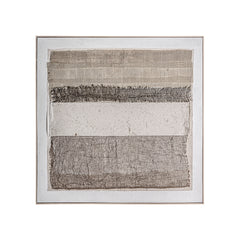How to clean marble and marble tables
Marble is a popular building material because it's easy to work with and looks great. Marble is also the same stone that marble countertops are made from, but the thickness is much less. The problem with cleaning marble tables is that it can be more challenging than cleaning granite because many people mistakenly think all you have to do is wipe down their surface with water or some other cleaner. That's not true! There's a lot more involved in cleaning any type of stone table top, let alone one made from marble—especially if your table was sealed at the factory.
Marble is a popular building material.
Marble is a popular building material. It's often used for countertops, floors and other building materials because of its attractive appearance and durability. Marble is often used in bathrooms and kitchens because it's easy to clean and maintain.
You can clean marble with a wet/dry vacuum cleaner or with a damp microfiber cloth or dish towel. To avoid scratching the surface of your marble, don't use anything abrasive on it, such as steel wool pads or scouring powders.
Marble is the same stone that marble countertops are made from, but the thickness is much less.

Marble is a metamorphic rock, meaning that it's formed from other rocks through heat and pressure. Marble is also a sedimentary rock—it forms as layers of calcareous sediments (composed of calcium carbonate) are compressed over time. It's also crystalline in structure, which means that its grains are arranged into a patterned molecular structure; this type of structure makes marble hardier than other types of stone.
While marble is technically composed of calcite minerals like limestone and limestone itself can be classified as a type of marble due to the presence of calcite within it, not all marbles are made up entirely or primarily by calcite minerals. There are many different varieties including onyx marbles which contain black or white bands caused by iron oxide impurities; travertine marbles whose colors range from yellow-golden browns to greenish grays depending on their origins; juraite marbles with light gray coloration because they contain ferrous silicate crystals; plus many others with their own unique properties!
Cleaning marble can be more challenging than cleaning granite.
Marble is a beautiful stone that has been used in architecture and design since ancient times. However, while it may look stunning on your table top or in your bathroom, marble can be more challenging to clean than granite.
Marble is softer than granite and therefore scratches more easily. It's also more porous than granite, so it absorbs liquids faster and stains more easily as well.
If you have marble furniture at home or in your office space then here are some tips for keeping them looking like new:
Here's how to clean marble and marble tables without ruining them.

-
Use a soft cloth.
-
Make sure it's clean and wrinkle-free.
-
You can use a mild detergent, but be careful not to get any of the cleaning solution on the marble itself; that will damage it.
-
Use a soft brush like one used for dusting wood furniture or paneling if you have one handy (it doesn't have to be new).
-
Clean in small sections at a time—no more than eight inches across—so you don't spread dirt around too much while cleaning.
-
Use non-abrasive cleaners like Murphy's Oil Soap or vinegar diluted with warm water if you're trying to remove grime from your marble surface instead of just stains caused by food spills and other liquids that have been spilled onto it
How to know if your table is sealed
The easiest way to determine whether your table is sealed is to look at the bottom of it. If there's a label, it'll say whether it's sealed or unsealed. Unsealed marble tables will have a glossy finish; sealed marble will have a matte finish.
If you can't find a label on your table, another good trick is to run your hand over the surface and check out how smooth or course it feels. Sealed marble has less traction than unsealed, so if you feel like something's sticky beneath your palm (or fingertips), then chances are high that this piece isn't protected by any sealant whatsoever—and therefore needs some attention ASAP!
How to clean unsealed marble
-
Use a soft cloth or sponge to scrub the marble surface. Avoid using abrasives, as they may scratch the marble's surface and make it appear dull.
-
Apply mild dish detergent to your cloth or sponge and use warm water to wash the marble countertop. If you have particularly stubborn stains, apply a small amount of laundry detergent directly onto the stain before washing with water and your cleaning cloth or sponge.
-
Dry your marble with a clean towel once you're done cleaning it up!
There are ways to clean marble without ruining it.
There are many ways to clean marble without ruining it. You can use a soft sponge and warm water, but this method doesn't always work well on heavily soiled marble surfaces. A microfiber cloth is another great option because it's safe for all types of stone and will not scratch or damage the surface of your marble piece.
If you want to be extra cautious about what you're using to clean your marble, consider picking up some kind of marble cleaner that’s made specifically for cleaning this type of stone. A mixture of vinegar in water also works well as an alternative solution when cleaning marble surfaces; however, make sure not to use too much vinegar (or any other acidic solution) when cleaning your surface because acids may cause damage over time due to their corrosive nature!

Final thoughts
Marble can be a beautiful addition to your home, but it needs to be cared for properly. If you have marble counters or tables in your home, cleaning them is a lot of work. However, with the right supplies and techniques you can keep them looking great!
0 comments





